
This article discusses the basics of liquid-liquid extraction and provides guidance on how to select the appropriate solvent and extraction equipment. It introduces key concepts associated with designing a liquid-liquid extraction process.

in chromatographic and obviously the spectroscopic analyses of many sample types, was omitted. Many of the techniques covered, however, such as ion exchange SPE, liquid-liquid extraction and microwave-assisted extraction are equally applicable to inorganic samples for further analysis by ion chromatography or for spectroscopic measurements. Preface

Aug 29, 2023 · Liquid-liquid extraction (LLE) is based on the transfer of a solute from one liquid phase into another immiscible liquid phase according to differences in solubility. A common analytical challenge is measuring the level of a dilute analyte in a complex aqueous sample matrix, for example blood plasma or wastewater.

There is no need to wash the funnel in between extractions. Add a fresh 25mL 25 mL portion of diethyl ether to the separatory funnel. Stopper the funnel, invert and shake with venting, then allow the layers to separate. At this step, there should be two layers in the separatory funnel.
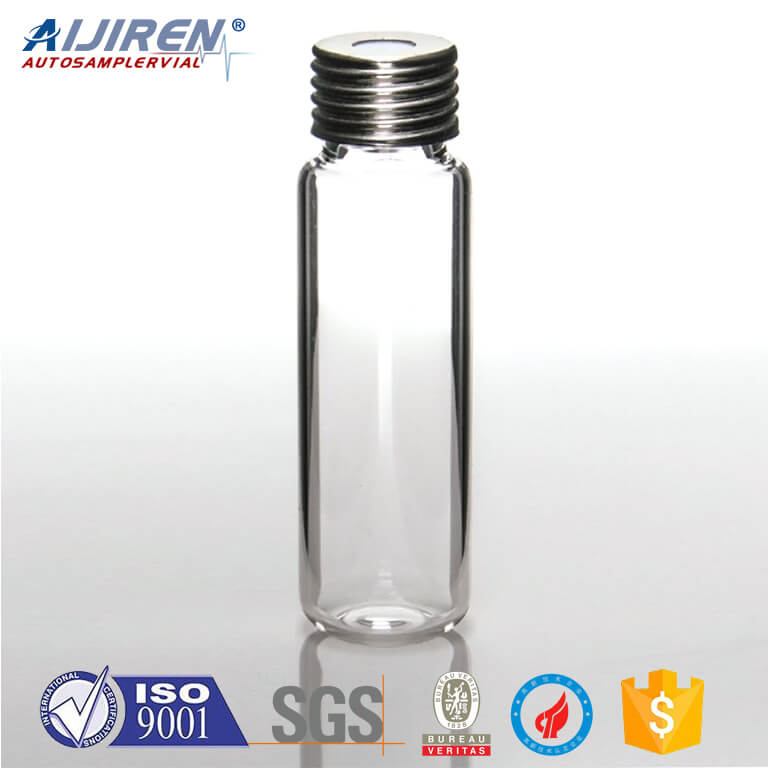
Sep 12, 2021 · Liquid-Liquid Extraction of a Metal-Ligand Complex. One important application of a liquid–liquid extraction is the selective extraction of metal ions using an organic ligand. Unfortunately, many organic ligands are not very soluble in water or undergo hydrolysis or oxidation reactions in aqueous solutions.

8 hours ago · Organic Liquid. If an experiment specifies washing an organic solution that is less. dense than water with an aqueous solution, place the organic solution. in a centrifuge tube or conical vial. Add the requisite amount of. water or aqueous reagent solution, cap the tube (or vial), and shake. it to mix the phases.

Sample preparation typically takes 80% of the total analysis time, and is traditionally described as the bottleneck in pesticide residue analysis. Conventional sample preparation approaches, liquid–liquid extraction (LLE) and solid-phase extraction (SPE), are still highly labor intensive and time consuming, consisting of many steps.1–3.

Jul 9, 2021 · Mass-spectrometry-based proteomic analysis is a powerful approach for discovering new disease biomarkers. However, certain critical steps of study design such as cohort selection, evaluation of
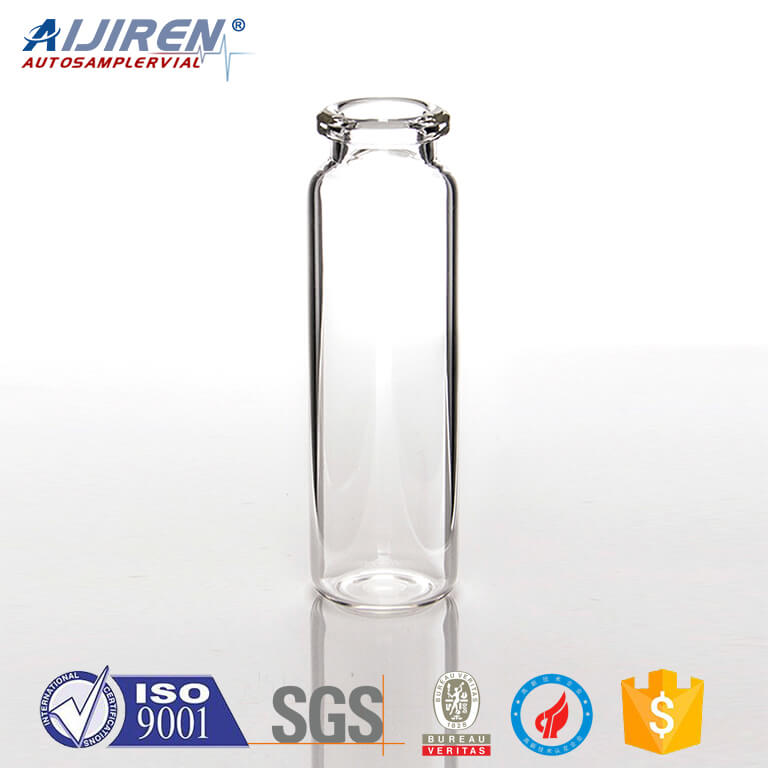
The technique of liquid-liquid extraction is used to purify impure substances by taking advantage of a solubility differential of the substance in different solvents. It is different from crystallization in that the sample can be solid or liquid. The impure sample is dissolved in solvent 1 first.
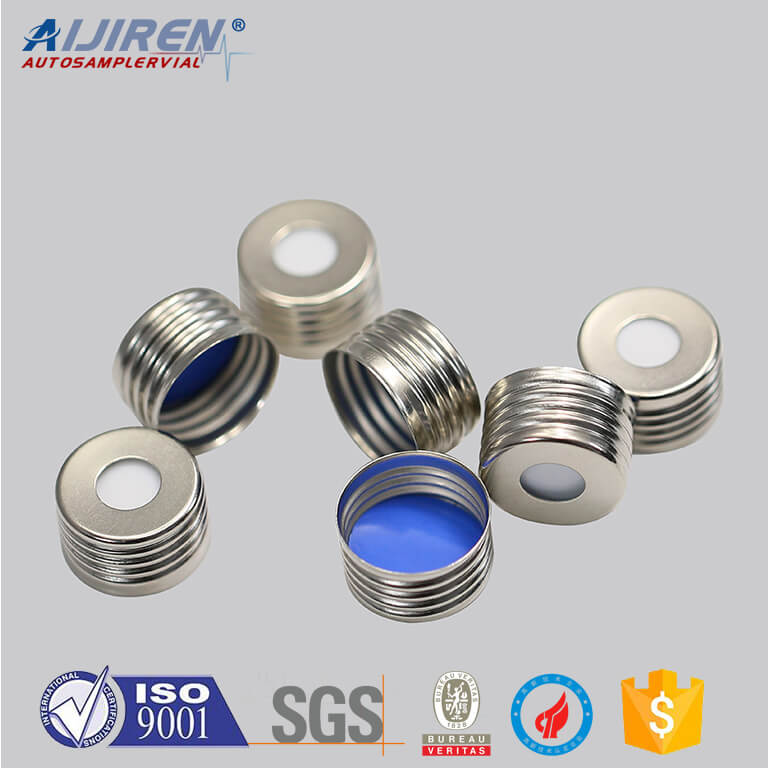
Figure 4.14: Single extraction of hyoscyamine (K ∼ 4) ( K ∼ 4) from water into diethyl ether. In this example, a single extraction resulted in extraction of 80% 80 % of the hyoscyamine (100% × 0.40g/0.50g) ( 100 % × 0.40 g / 0.50 g) from the aqueous layer into the organic layer. The partitioning of the compound between the two layers
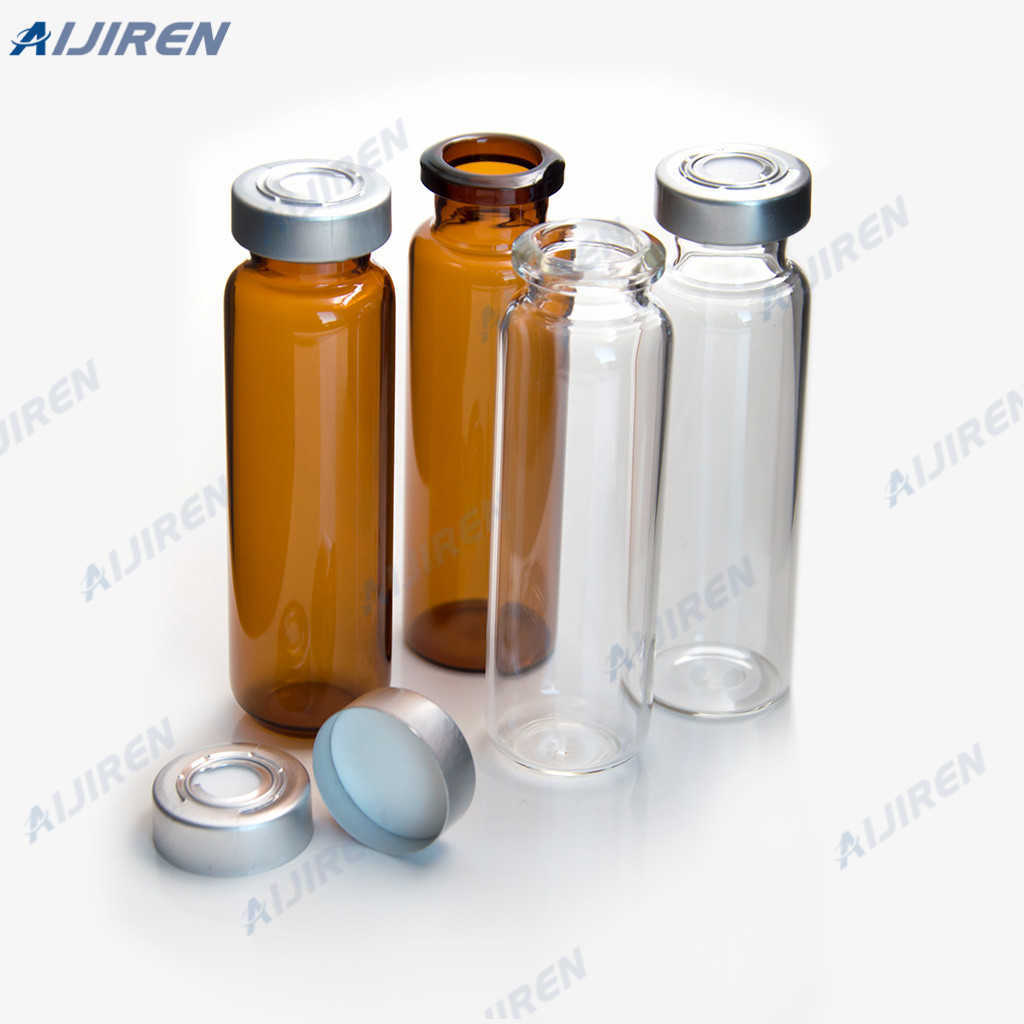
13.2.2.4 Liquid–liquid extraction. Liquid–liquid extraction (LLE) is based on the principle that a solute or an analyte can distribute itself in a certain ratio between two immiscible solvents, usually water (aqueous phase) and organic solvent (organic phase). LLE is widely used in sample preparation for cleanup and enrichment, which
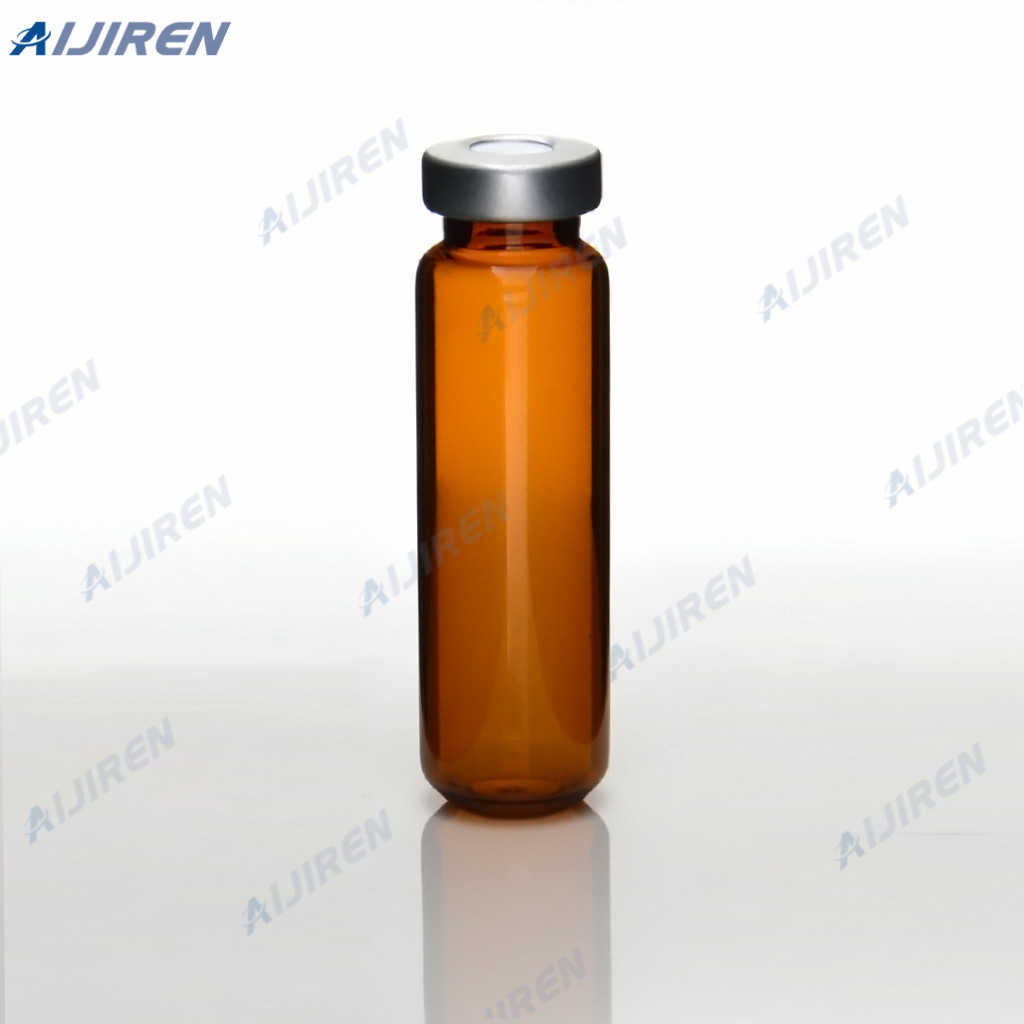
Jun 20, 2021 · Liquid-liquid extraction involves the exchange of certain com- pounds between two solvents that are immiscible or only partially miscible. Liquid-liquid extraction is also very commonly used for washing an organic phase, for example to remove inorganic compounds, or to protonate or deprotonate bases or acids, respectively, so they become

Jul 2, 2022 · Read on as we explore eight extraction techniques. Solid-phase extraction. Solid-phase extraction is a simple extraction technique where the sample is loaded onto a cartridge with a sorbent. The sample is then loaded onto the cartridge. The analyte will be retained on the sorbent, along with some impurities which can be washed away.

But in order to isolate the chemical compounds, one of the techniques that's frequently used is known as extraction. Extraction can be done in your organic chemistry lab using these two main pieces of glassware. The first which is shown in blue is known as the separatory funnel, or the sep funnel for short.
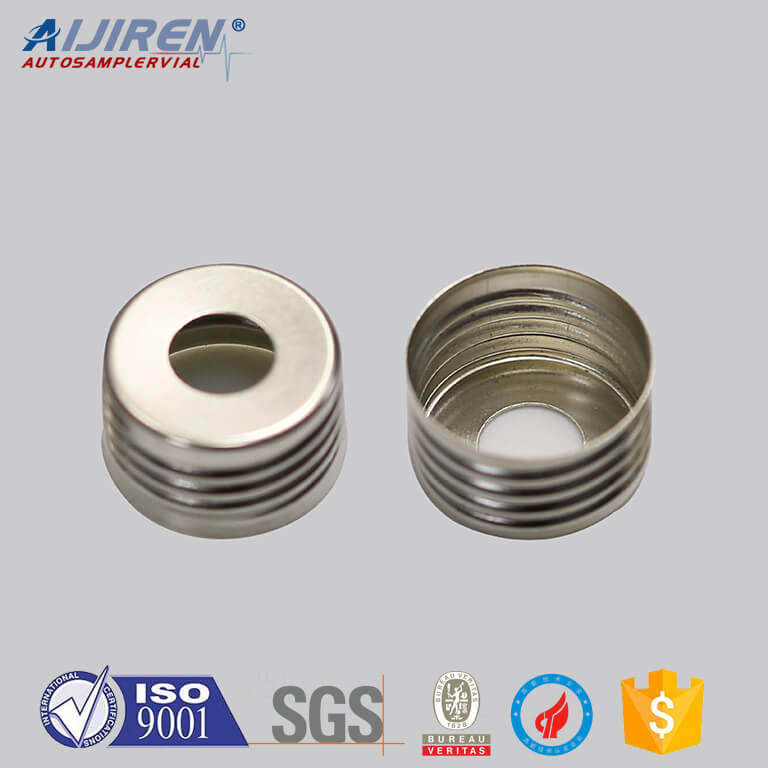
Oct 28, 2020 · Sample preparation is the most crucial step in the analytical procedure designed for implementation in any analytical application (food analysis, bionalysis, forensics, toxicology, environmental monitoring etc). It is the limiting factor in chemical analysis since it is time consuming and it can potentially introduce errors. No one can doubt that the best approach would be the direct